Underbite: What Causes it and How to Fix it
What is an Underbite?
An underbite occurs where the lower jaw is positioned too far forward in the face and
overshoots the top jaw - causing misalignment between the top and bottom teeth. An underbite is also known as a bulldog bite and, more formally, class 3 malocclusion. An underbite is essentially the reverse of an overbite.
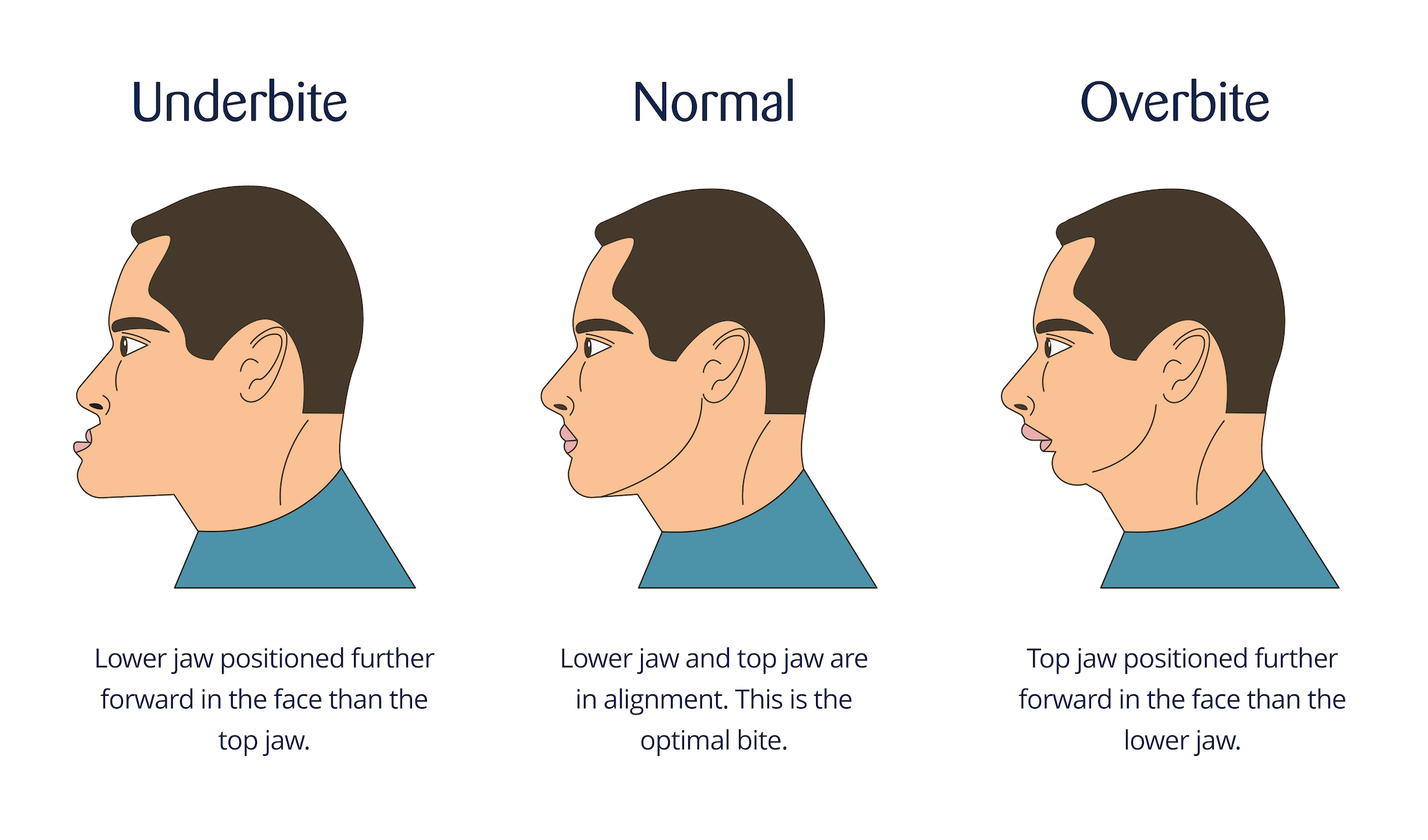
What Causes an Underbite?
There are two schools of thought when it comes to what causes an underbite. On the one hand, many traditional
dentists and orthodontists believe underbites are purely genetic, whereby for some reason, the lower jaw has
simply over-developed. On the other hand, those who subscribe to the principles of orthotropics
believe that an underbite is caused mainly by improper
tongue posture,
which causes the lower jaw to over-develop.
How Does Improper Tongue Posture Cause an Underbite?
The term ‘tongue
posture’ refers to how the tongue sits in the mouth while at rest (not chewing, talking etc.). Proper tongue posture is where the tongue sits on the roof
of the mouth
- meaning the lips are sealed, the teeth together, and the jaws together. Proper tongue
posture is conducive to proper facial growth.
Improper tongue posture is where the tongue sits away from the roof of the mouth - causing the mouth to remain open.
Improper tongue posture is not conducive to good facial growth and will often result in either an overbite or an underbite.
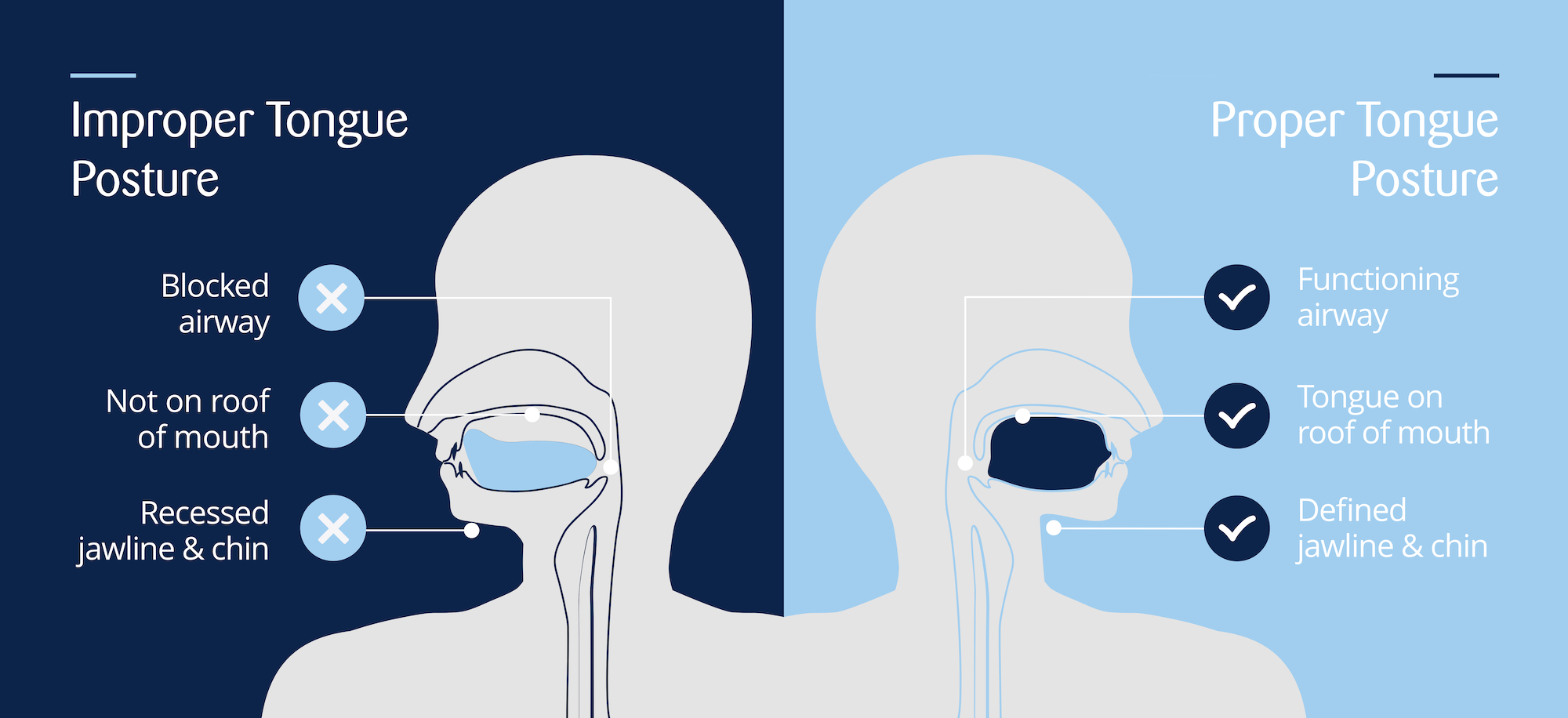
In the case of an overbite, low tongue posture causes the jaws and face to grow in a downward fashion - ultimately
forcing the lower jaw further back in the face. In an underbite, improper tongue posture results in an abnormal swallow pattern
where during the act of swallowing, the tongue pushes down and forwards - putting pressure on the lower jaw. The result is a lack
of pressure
on the top jaw and excess pressure on the lower jaw. This imbalance in pressure can cause the lower jaw to over-develop.
How Does Mouth Breathing Cause an Underbite?
When a child cannot breathe through their nose (due to allergies or blockages), they are forced to do so through
their mouth - meaning they will have an open mouth posture. When the mouth is open, the tongue sits away from the
roof of the mouth. For this reason, a low tongue posture is often indicative of breathing
difficulties.
When a child has breathing difficulties, they will often push their lower jaw forward and bring the tongue
down
to open up the airway to receive more oxygen. As is the case with an abnormal swallow pattern, this habit of hanging the mouth
open
and forcing the lower jaw forward tends to result in an underbite.
As such, an underbite is often closely related to the following conditions:
- Allergies
- Infection
- Airway blockages
- Tonsil infections
- Adenoid infections
- Obesity (putting too much pressure on the airway)
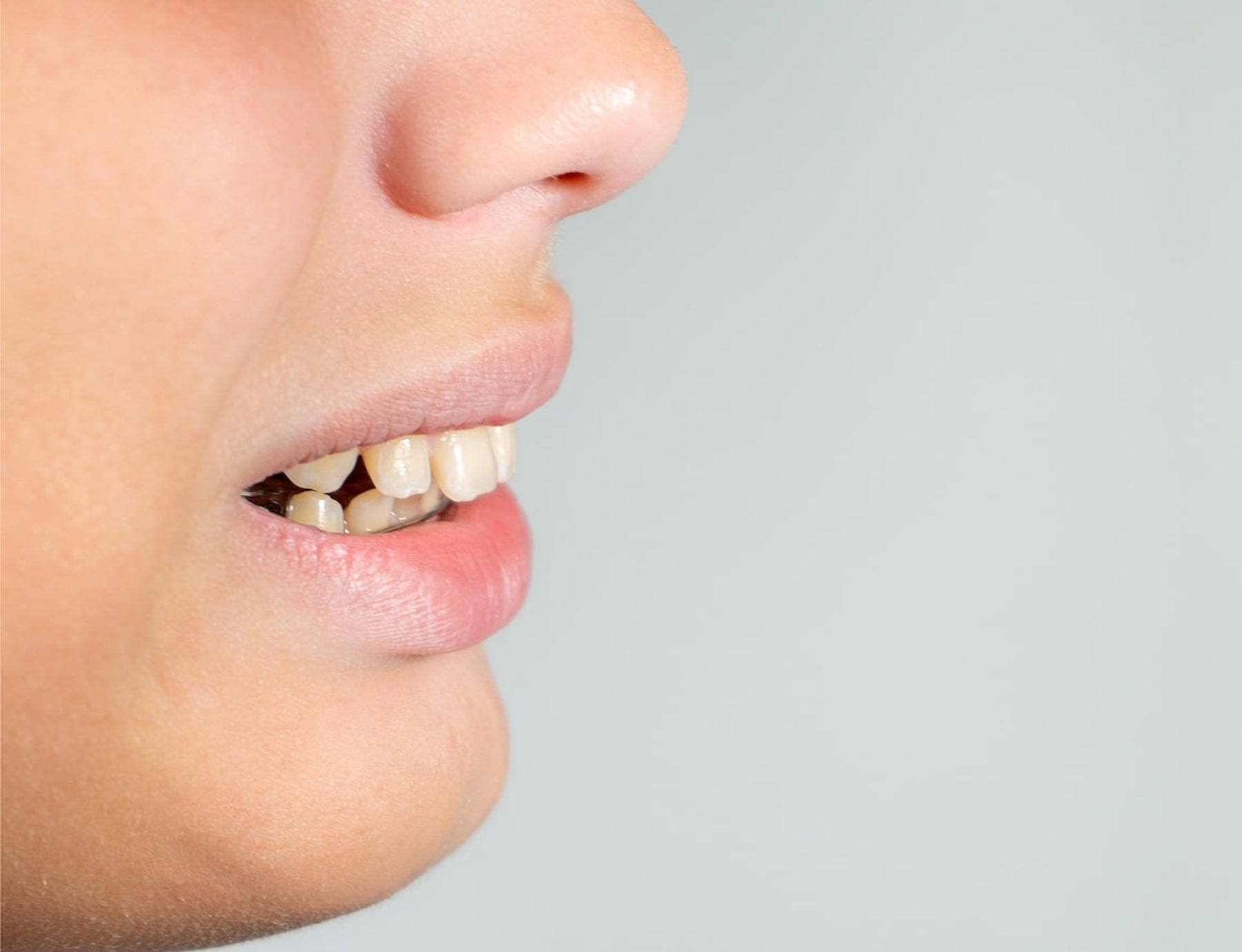
Mouth Breathing and How it Causes Malocclusion
Regular breathing through the mouth is often the product of nasal congestion (due to persistent allergies or colds) and/or inflamed or infected tonsils...
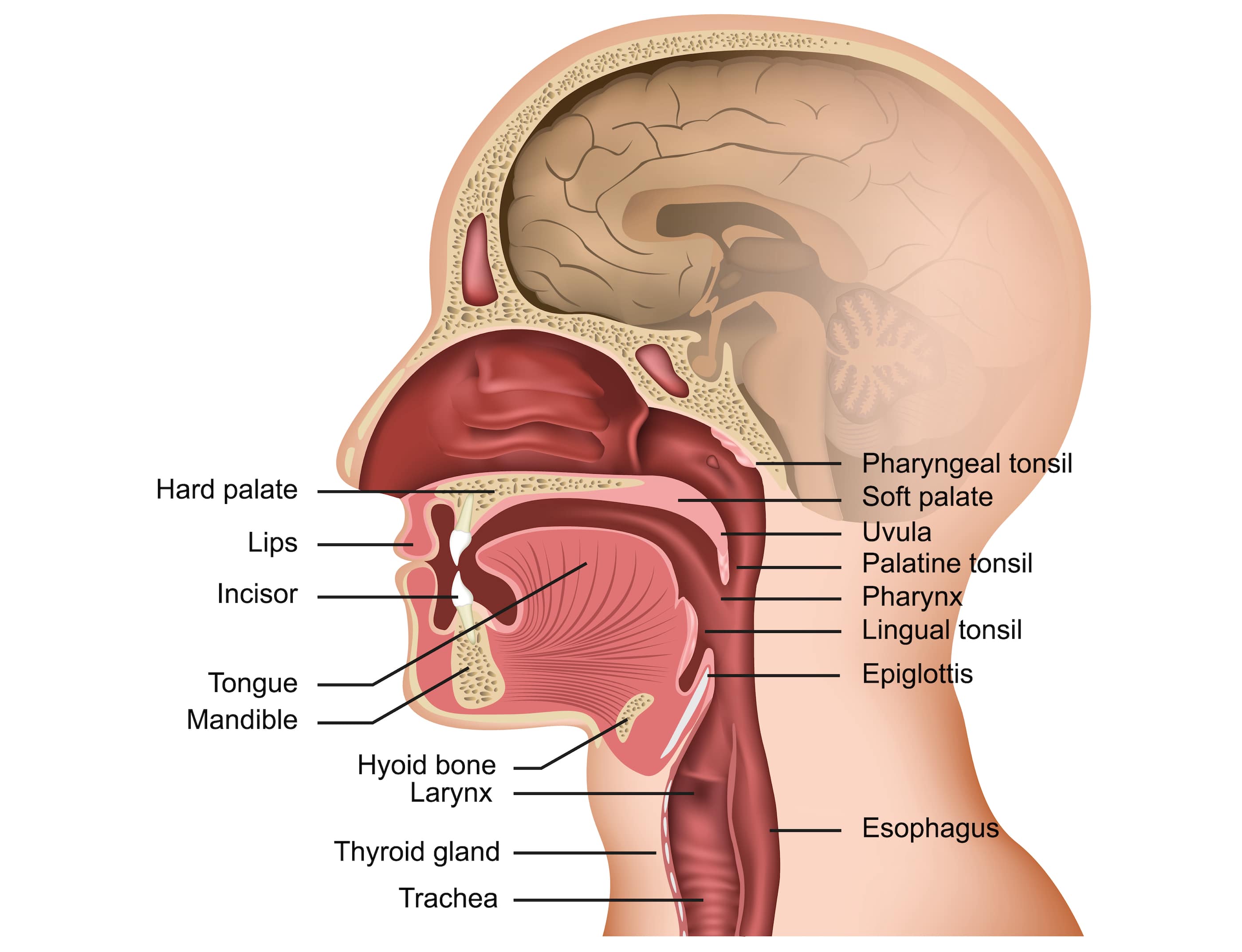
Tongue Posture: What is Proper Tongue Posture?
Tongue posture is a term used in orthotropics. It refers to the position of the tongue when the mouth is at rest (not talking or chewing)....
Underbite Correction
Underbite correction is typically more complicated than overbite correction. Overbite correction is a matter of
stimulating the growth of the lower jaw, whereas underbite correction is a matter of trying to bring the lower jaw back.
It is a lot easier to stimulate growth than it is to reverse growth.
Thus, the key to underbite correction is to spot the symptoms and treat them at an early age
before the lower jaw over-develops. When an underbite is spotted at a young age, the top jaw can be developed via orthotropic
treatment
to re-capture the lower jaw and create a balanced profile. If treated at a young age, the underlying cause of the underbite (low tongue
posture) can also be corrected - ensuring the face will develop properly after that.
However, if an underbite is left untreated into teenage years or adulthood, it becomes much harder to correct.
Ideally, underbite correction will commence at around the age of four to five.
Orthotropics is the Best Method of Underbite Correction
The traditional approach to overbite correction is simply observing it and waiting until the child is further
along in their development before treating it. The rationale is that because the child is young, jaw growth and development may naturally
correct itself. This is where most traditional dentists and orthodontics go wrong when it comes to underbite
correction.
The truth is that growth will not correct itself. Any corrections made as the child develops will be due to a
change in tongue posture. Sometimes, this can occur unintentionally if an allergy or airway issue
is resolved, allowing the child to breathe through their nose. It is important to understand, though, that a change in tongue posture
drives corrections in facial development - they don’t just happen at random.
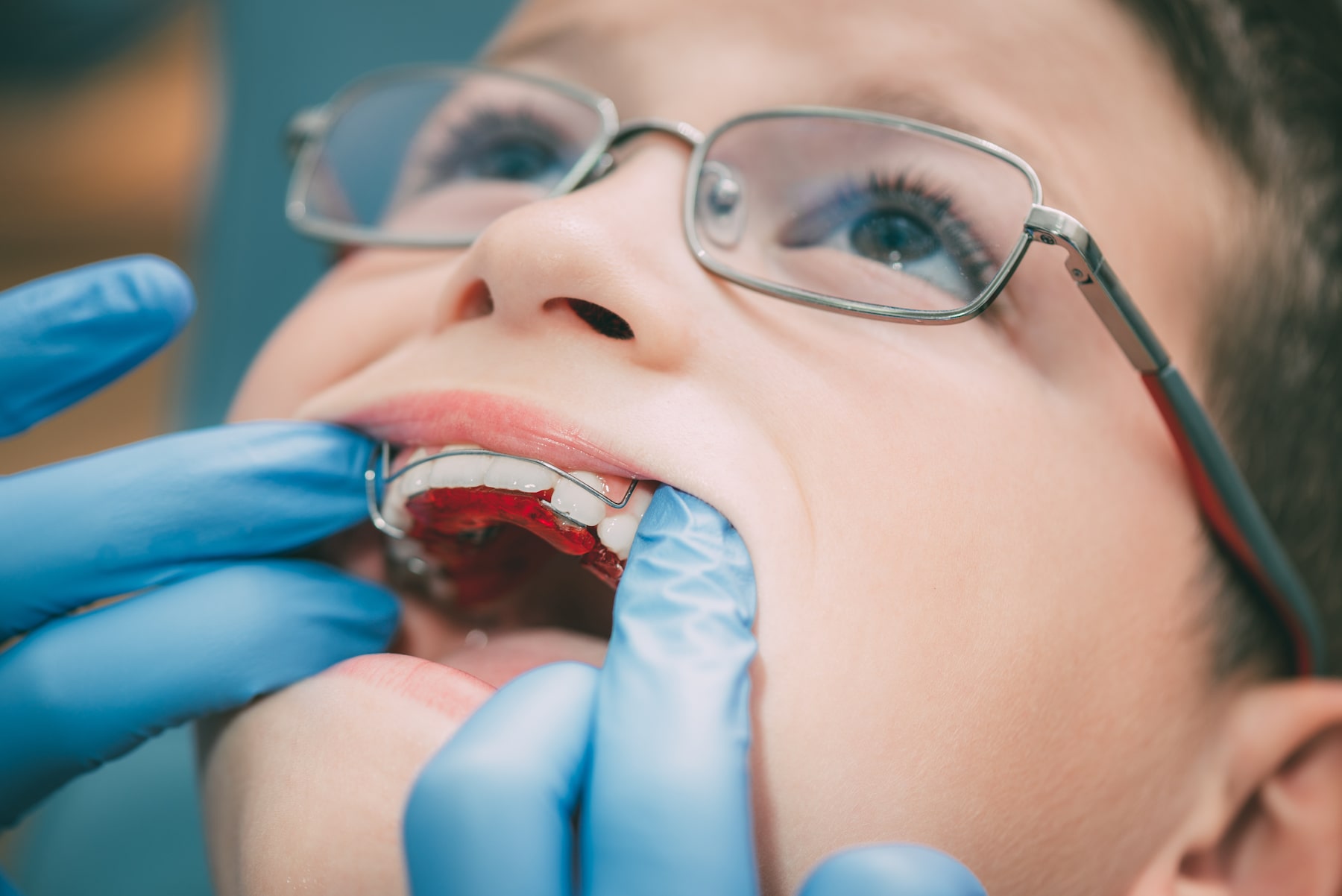
The Differences Between Orthotropics & Orthodontics
On face value, orthodontics and orthotropics are very similar. They both seek to treat the same thing; however, they go about doing so in a very...
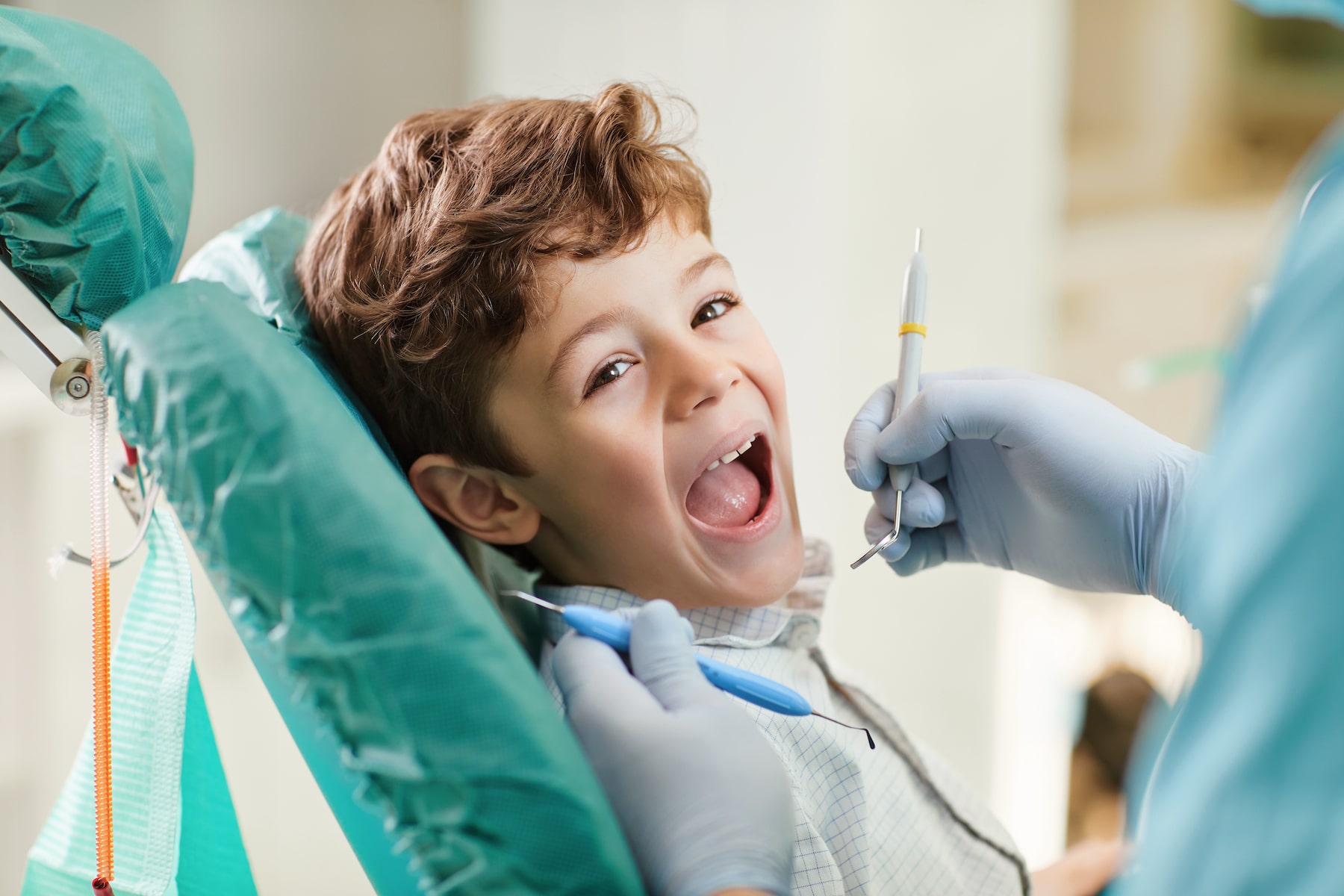
Orthotropics: Holistic Orthodontics
The orthotropic rationale is that straight teeth do not create a good looking face, but a good looking face will create straight teet...
The sole objective of orthotropic treatment is to facilitate the correct tongue posture, which promotes the proper
growth of the face into adulthood. This is why orthotropic treatment is so successful when it comes to underbite
correction.
Underbite Surgery
When an underbite is not identified and treated early, the issue will commonly persist into adulthood. At this
point, one of the few remaining options is underbite surgery. As with all surgeries, underbite surgery should always be a last
resort
and is typically reserved for the more severe cases where jaw misalignment may be causing pain, chewing issues or speech
impediments.
Underbite Treatment at Eric Davis Dental
At Eric Davis Dental, underbite treatment is done according to orthotropics. We prefer to spot the issue early on,
correct tongue posture and promote proper growth of the face. To learn more about orthotropics and the benefits of orthotropic treatment, click
here.

